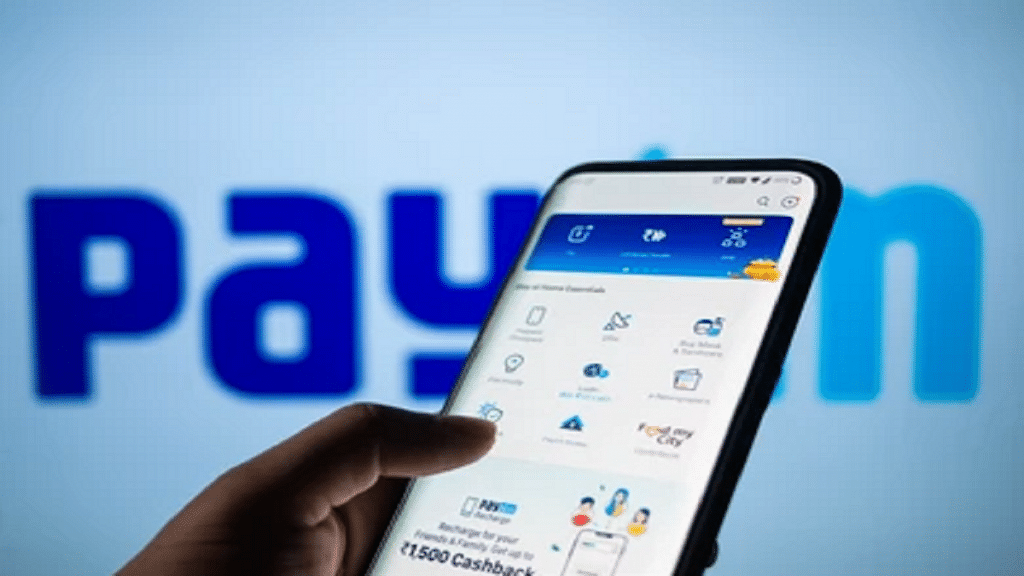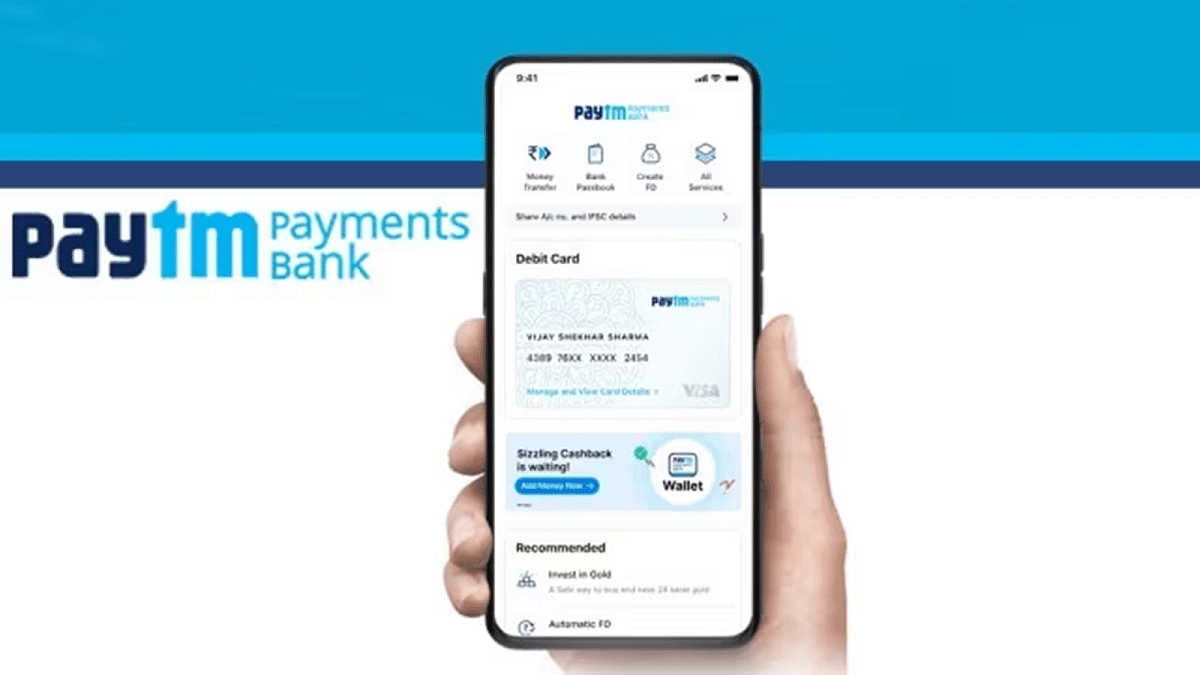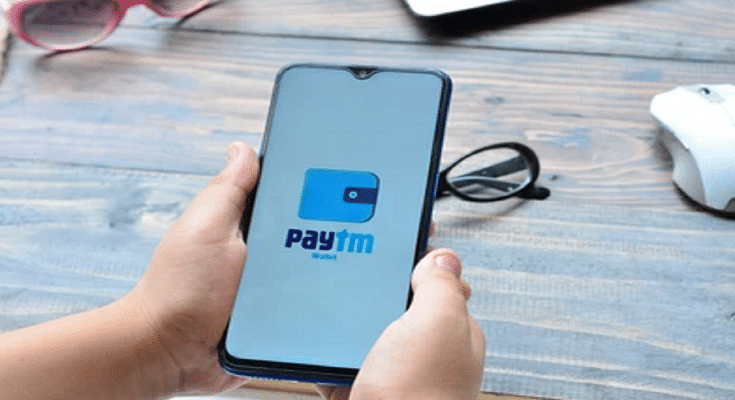Key Highlights
- Paytm shifts to TPAP status due to RBI sanctions
- Users transition to new UPI handles with partner banks
- Check for potential transaction failures and update QR codes after migration
In a move to comply with regulations from the Reserve Bank of India, Paytm is undergoing a transformation into a Third-Party App Provider (TPAP). This change is necessary after the RBI imposed sanctions on Paytm for regulatory reasons. Here are all the details. Also Read | Paytm Lite: What Is It? How To Setup And Use Paytm Lite On Smartphones?
Migration To New UPI Handles

Due to regulatory restrictions, Paytm can no longer use its in-house @paytm virtual payments address for UPI services. Consequently, the National Payments Corporation of India (NPCI) has granted Paytm TPAP status. This status enables Paytm to transition its users to new UPI handles.
Impact On Users
Previously, Paytm users had UPI addresses ending with ‘@paytm’. Now, Paytm is partnering with four banks: SBI, Axis Bank, HDFC Bank, and Yes Bank, to offer UPI services. Users will now have new UPI handles ending with ‘@ptsbi’, ‘@ptyes’, ‘@pthdfc’, or ‘@ptaxis’.
Automatic Transition Process
The migration to new UPI handles is automatic for users. They don’t need to take any additional steps. Users can continue using the app for regular UPI payments and other services.
Unaffected Services
Functions like bill payments, recharges, and booking services remain unaffected. Users can link external bank accounts to pay for these services.
Also Read | Want To Make Paytm UPI Payments To Non-Paytm Users? Here’s The Trick
Things To Check After Migration

Despite the seamless transition promised by Paytm, users should check for certain things. Active UPI mandates with the old ‘@paytm’ address may fail, depending on the merchant. Users should also update their QR codes and inform contacts of the new UPI handle to avoid transaction failures.
Consequences Of Old UPI Handles
After receiving a new UPI handle, the old ‘@paytm’ VPA will cease to work. Transactions attempted with the old handle will fail, and users must ensure others use the new UPI handle for payments.
